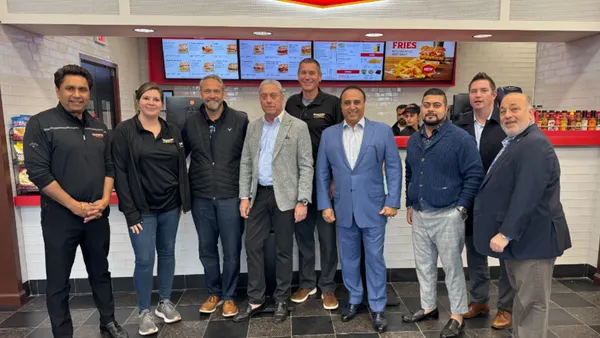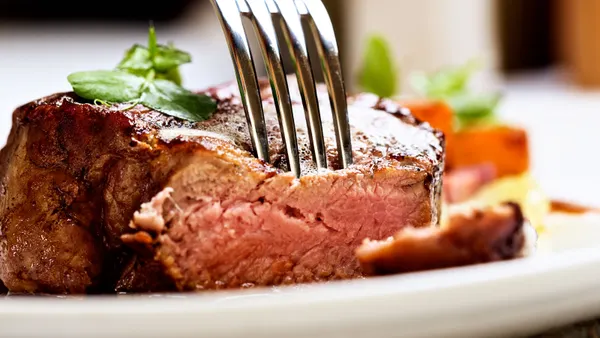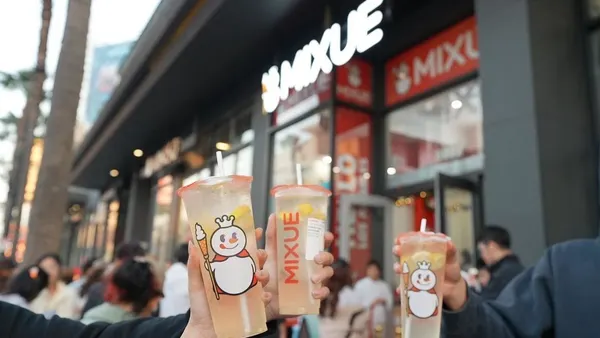Dive Brief:
- Domino's Australia's DOM Pizza Checker has increased quality scores by 15% within its first month, according to QSRweb.
- In late May, Domino's added this new feature, which leverages AI technology to scan each pizza to ensure it measures up to its quality standards. The chain partnered with restaurant technology firm Dragontail Systems to create the AI.
- The technology measures a number of variables against an ideal data set, such as toppings, topping distribution and size. If a pizza does not pass the quality test, it is remade.
Dive Insight:
According to the chain's Twitter account in the Australia/New Zealand market, customers' top complaints are that their pizzas don't look like they should. This technology is a swift and effective way to solve that particular issue, though it's not likely cheap to implement.
However, the double-digit quality lift more than likely translates to higher sales. According to recent research from Toast, 60% of consumers say food quality is the most important part of their visit to a restaurant.
Not only are Domino's pizzas held to AI quality standards with this system, but customers now also receive a real-time image of their pizza order before it's delivered so they can see the product's assembly for themselves. This gives customers some visibility into the process and fits a demand for more transparency.
AI's application in the restaurant space is increasing. Some chains, like McDonald's and Sonic, are using the technology to better understand their customers' habits and personalize their service accordingly. From a quality perspective, Chick-fil-A is using a customized AI system that analyzes social media posts for potential food safety issues. Domino's Pizza's Malaysia and Singapore division partnered with SingularityNET to deploy AI services across its network as it looks to scale up its business in the region.
This is the first time the pizza chain has implemented this technology for customer-facing quality control. It is one example of the company's technology prowess that includes everything from in-car ordering to GPS delivery tracking. The company has been successful in reducing friction for customers, and making it as easy as possible for them to order and pay for their pizzas. Now, it's ensuring that the quality of those pizzas match the ease of which they're ordered, a win/win.
If there is one potential downside to this, it is that consumers could be concerned about what happens to the less-than-perfect pies that don't match up the technology's standards. If they’re casually tossed, such a practice could turn off increasingly eco-conscious consumers.
But if these scores remain high and they do, indeed, translate into sales, the company could roll this out to other markets, especially since Domino's doesn't shy away from technologies. And since its top competitors are also starting to invest more aggressively in technology.








